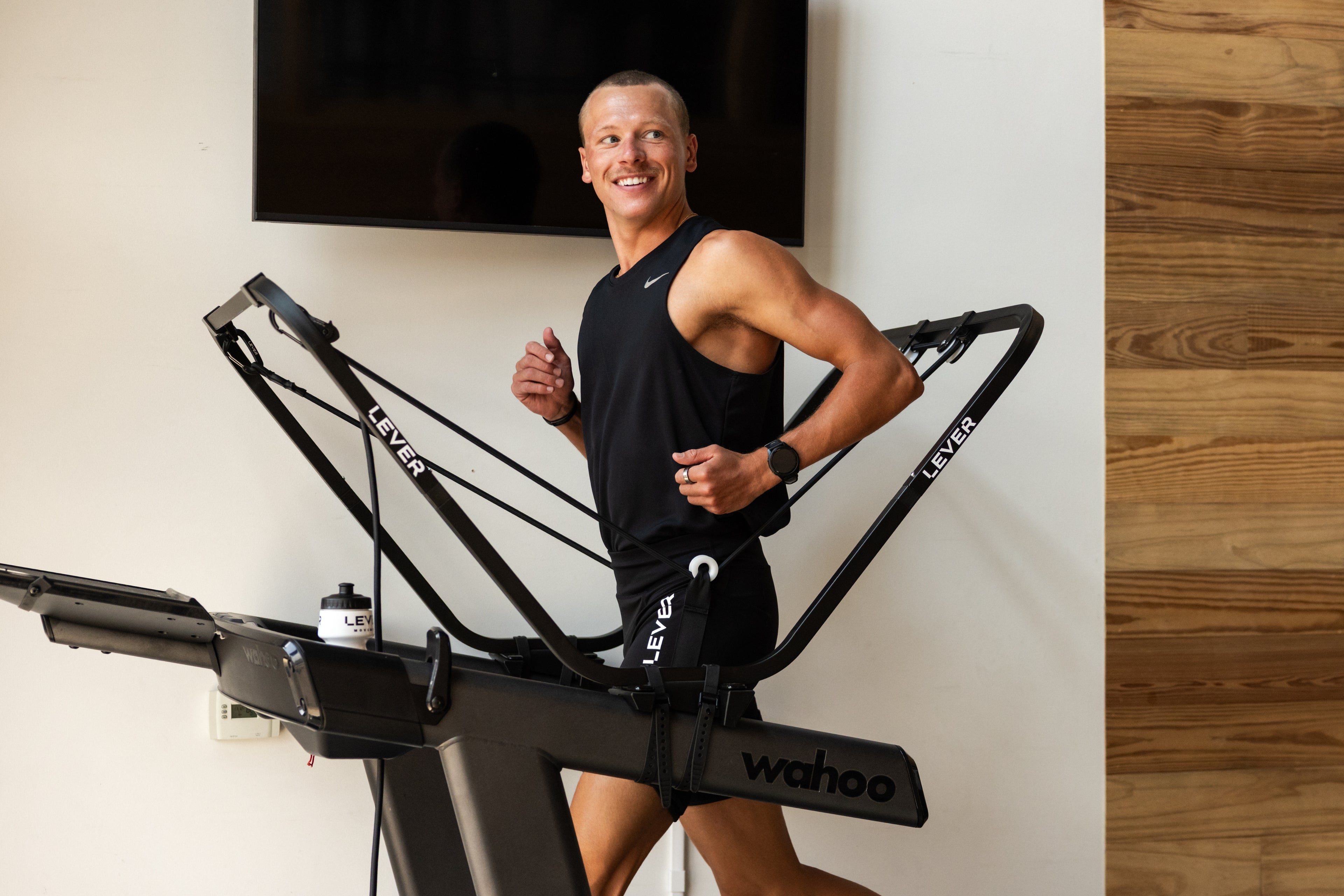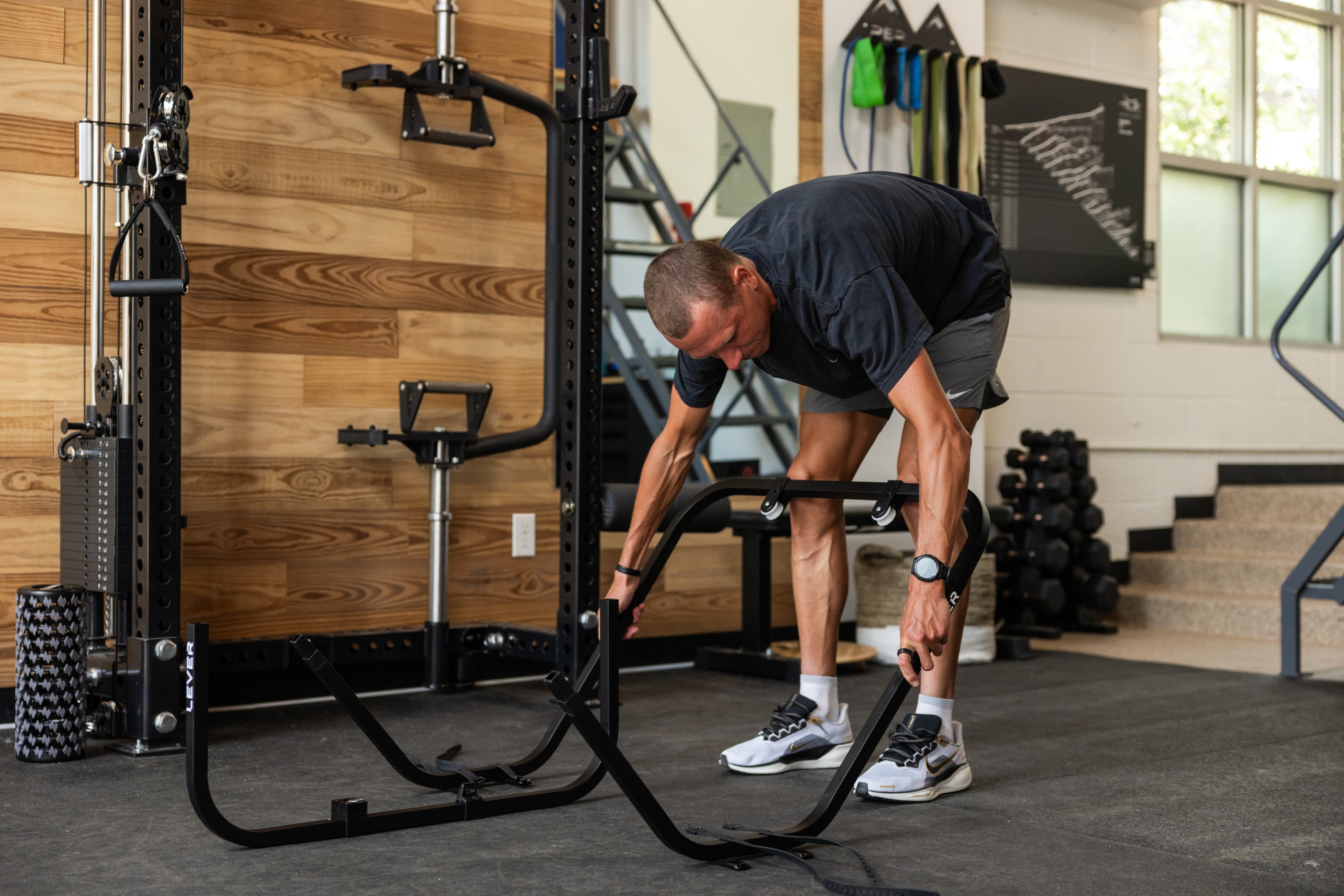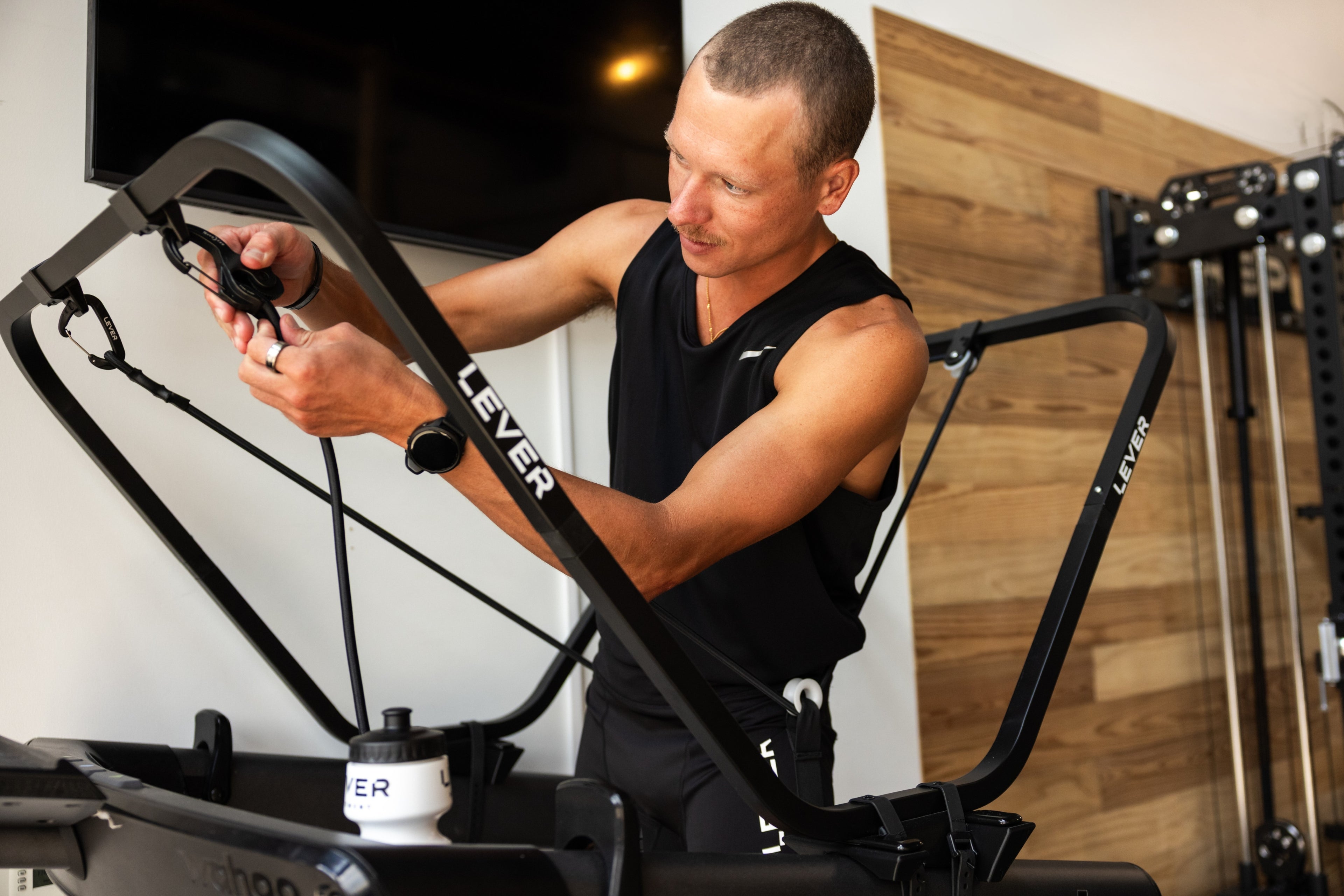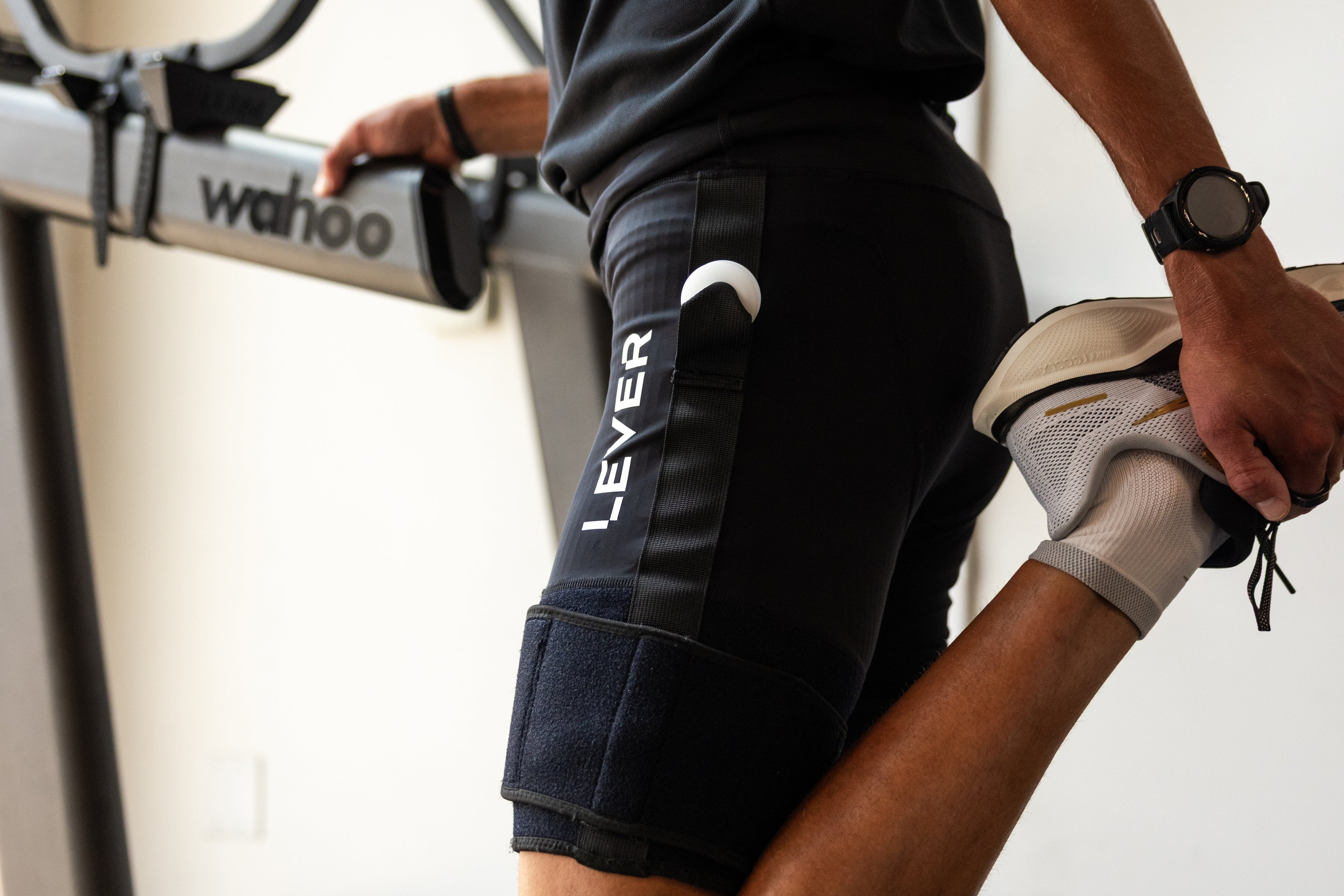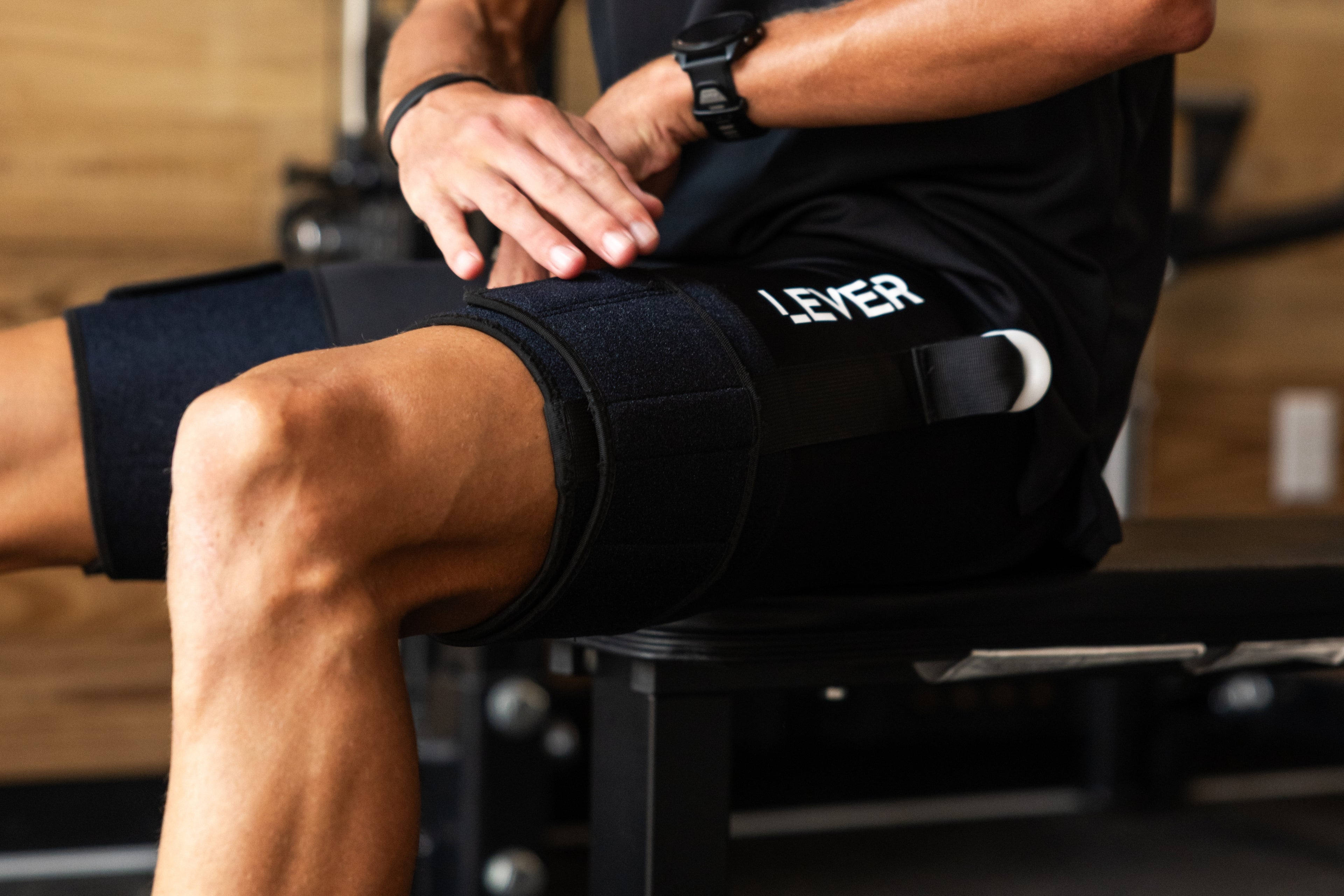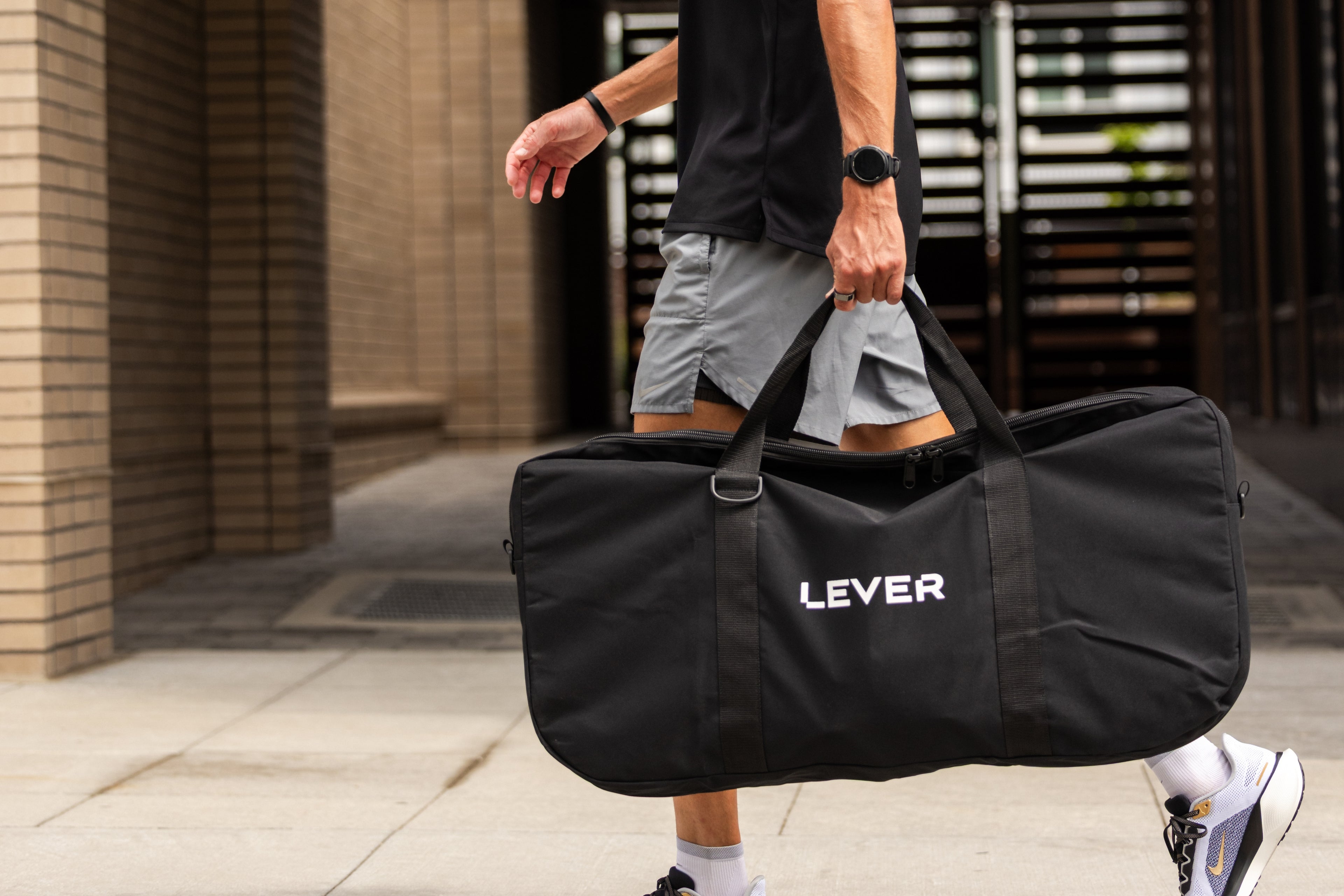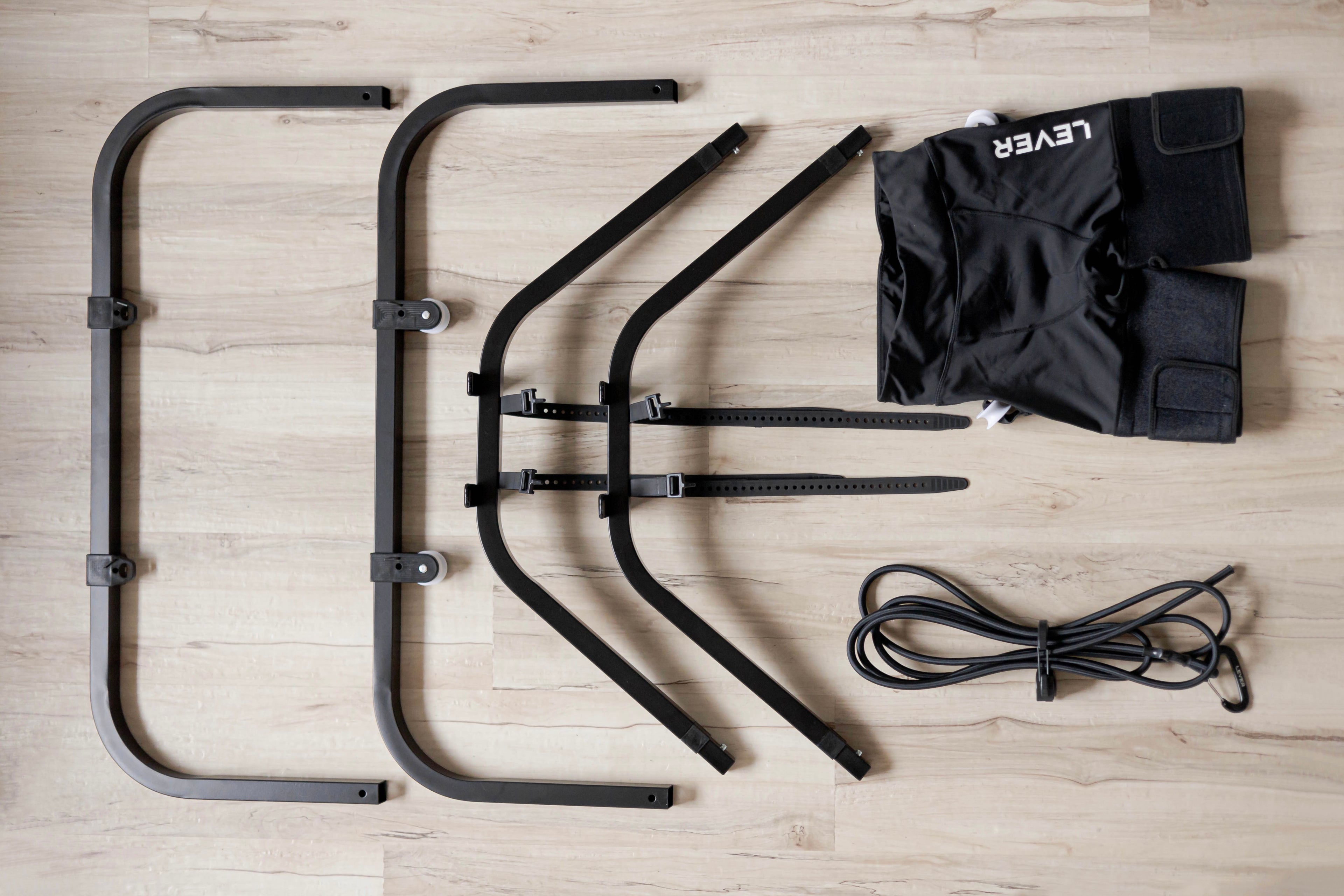This week’s athlete spotlight blog is dedicated to a woman whose medical conditions are almost as extensive as, yet utterly overwhelmed by, her athletic accomplishments: Amy Dixon. Dixon has faced plenty of challenges with the former: at the age of 22, Amy’s life was permanently upended with the diagnosis of a rare autoimmune disorder which would attack her spine (causing ankylosing spondylitis--a form of arthritis causing pain and stiffness along the spine), stomach (causing an irritable bowel disease related to Crohn’s), lungs (causing asthma), and eyes (causing uveitis--an inflammatory eye disease) for the rest of her life.
By the age of 32, Amy had lost 98% of her vision; she sees the world through a pinhole, as if she’s looking through the tiny keyhole of a door. And every time her autoimmune disease comes out of remission, she has to undergo chemotherapy and steroid treatment to suppress her immune system...which among other problems causes osteoporosis and inflammatory weight gain.
Despite all this, or rather, perhaps because of it, Dixon is the 2016 ITU Aquathlon World Champion, the first blind athlete to compete in an XTERRA, a 7-time ITU Gold Medalist, the 2019 ITU triathlon U.S. Champion, and is currently ranked #6 in the world for the paratriathlon.

Ironically, Dixon may never have discovered the paratriathlon had she not been looking to shed some 75 pounds of chemotherapy weight by taking aquafit classes with a group of elderly women at her local YMCA. Her activities eventually proceeded to the stationary bike and finally the treadmill...and it became clear to Dixon, a former equestrian, that she was essentially training for triathlons. Now, at 44 years old, Dixon has been a member of the USA Paratriathlon National Team since 2015 with a lengthy list of accolades to her name (along with her guide, Kirsten Sass, of course, who is physically tethered to Dixon during races to avoid obstacles and keep her on course).
As if she hadn’t done enough already, Dixon gives back to the blind community as a patient advocate, motivational speaker, President of the Glaucoma Eyes international non-profit, and founder of Camp ‘No Sight No Limits’ (the first-ever camp dedicated to producing elite level blind triathletes in San Diego).
So you’re probably wondering how LEVER Running plays a part in Amy’s incredible story...well hang on we’re getting there! Because that tiny pinhole of vision becomes a complete white blur any time her heart rate exceeds 165 beats per minute, Dixon either requires a spotter while running on a treadmill at her local YMCA, or a guide physically tethered to her during outdoor workouts (she can manage solo easy runs on a track). While the COVID-19 pandemic caused a resurgence in outdoor running for so many, for Amy, shutdowns and physical distancing meant she couldn’t run at all. Although the YMCA had kindly gifted Amy a commercial-grade Primo Fitness treadmill to use in her home, she still felt very unsafe running alone without a spotter (and her seeing eye dog, Woodstock, wasn’t much of a help).

The COVID-19 pandemic wasn’t even the most challenging obstacle in Dixon’s way in 2020: not by a long shot. In the summer of 2020, Dixon’s autoimmune disease came out of remission once again, this time attacking her shoulder. The attack caused such prolific swelling that it dislocated the joint constantly and even pulled bone fragments off of her collarbone. The surgery to remove the fragments was as smooth-sailing as that kind of things goes, but 3 weeks later Dixon was again hospitalized when she suddenly found walking to the end of her driveway nearly impossible: shehas postoperative blood clots in her lungs.
For the past 9 months, Dixon has been fighting tooth and nail not only to train for Tokyo 2021, butbattling for even the smallest victories in staying healthy enough to get through each day. Between surgery, swelling, and chemotherapy, Dixon gained about 30-35 pounds of mostly fluid, and now her greatest concern is suffering a stress fracture while getting back to running. With the ITU World Series Yokohama Japan on May 17th quickly approaching, Amy desperately needed a way to get back to running safely. After calling around for Alter-G’s and determining that the closest one was a 30 minute drive and would cost $30 for 30 minutes...she turned to social media to see what types of body weight support pros were running on (hint hint...it’s LEVER).

We wish we could say we found Amy Dixon, but no, Amy Dixon found us! In December, Dixon started using our rental plan to start out walking with body weight support for only 5 minutes at a time. LEVER’s frame and pulley BWS system has a double effect: it holds runners centered on the treadmill just enough so that blind athletes like Amy don’t need a spotter at all. With her renowned independence, even in the face of COVID-19 and far too many days in the hospital, Dixon was able to run consistently and progress steadily. From 5 minutes of walking just a few months ago, Amy now runs over an hour several times a week with about 10 lbs of body weight support, but more than anything she is thrilled with her newly discovered autonomy and ability to once again train consistently with her sights set on Tokyo 2021 qualifying races.
Dixon says, “If I discovered this 10 years ago I’d be a much better runner! I’ve always had to rely on other people and their schedules. Now running is something that’s only been reserved for (stationary) biking and swimming: I can do it independently and safely.” She’s also begun an initiative to bring LEVER, a “low-budget anti-gravity treadmill that most athletes can actually afford,” to blind athletes and gym members through partnerships between the YMCA and the Challenged Athlete Foundation, Dare to Tri, and Amy’s very own Camp No Sight No Limits.
Follow Amy on instagram (@nosightnolimit) as she continues to empower the blind community and to cheer her on as she approaches Tokyo 2021!











